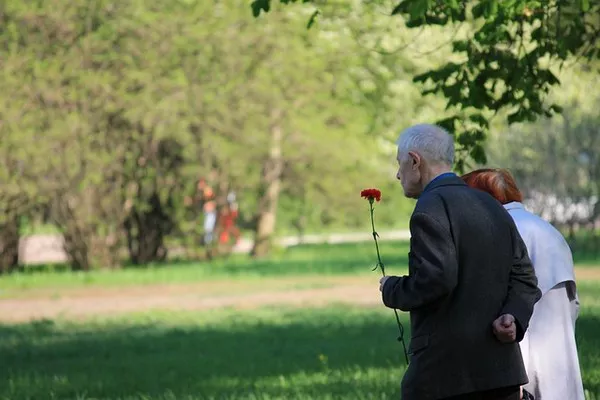As the holiday season approaches, individuals around the world engage in various traditions that add warmth and joy to the festive atmosphere. One such tradition that has gained popularity over the years is the act of giving flowers during Christmas. While flowers are commonly associated with occasions like birthdays, anniversaries, and Valentine’s Day, the question often arises: Are you supposed to give flowers on Christmas? In this article, we delve into the origins of this tradition, the symbolic meanings behind Christmas flowers, and why this gesture has become a cherished part of the holiday festivities.
The Historical Significance of Christmas Flowers:
The tradition of giving flowers during Christmas can be traced back to historical and cultural roots. In medieval times, when winter prevailed, evergreen plants and flowers became symbolic representations of life and hope during the darkest and coldest months of the year. The use of evergreens, such as holly and ivy, was particularly common in European traditions as they were believed to have protective and magical qualities.
As Christianity spread and Christmas became a widely celebrated holiday, the symbolism of flowers evolved to incorporate Christian themes. Poinsettias, with their vibrant red and green leaves, became associated with the holiday due to their seasonal blooming pattern. Legend has it that a Mexican girl named Pepita, too poor to provide a gift for the celebration of Jesus’s birthday, was inspired by an angel to gather weeds and place them in front of the church altar. Miraculously, these weeds transformed into beautiful red poinsettias, symbolizing the purity and sincerity of the humble offering.
Symbolic Meanings of Christmas Flowers:
Poinsettias: Poinsettias are often considered the quintessential Christmas flower. Their vibrant red color is reminiscent of the blood of Christ, while the shape of the flower is said to represent the Star of Bethlehem. Poinsettias are widely used in decorations and floral arrangements during the holiday season.
Holly: Holly is a traditional Christmas green that symbolizes everlasting life. Its sharp leaves and red berries are associated with the crown of thorns and drops of blood, connecting the plant to the story of Jesus’s crucifixion. Holly is commonly used in wreaths and other festive decorations.
Mistletoe: While mistletoe is not a flower, it holds a special place in Christmas traditions. Its association with kissing under the mistletoe dates back to ancient Norse mythology, where it was believed to have the power to bring love and fertility. Today, mistletoe is often hung in doorways during the holiday season as a playful invitation for couples to share a kiss.
Christmas Roses: The Christmas rose, also known as the hellebore, is a winter-blooming flower that adds a touch of elegance to holiday arrangements. The Christmas rose is associated with miracles and is said to have bloomed in the snow to mark the birth of Jesus.
The Modern Tradition of Giving Flowers:
In contemporary times, the act of giving flowers during Christmas has transcended its historical and religious roots to become a widely embraced gesture of love, joy, and goodwill. Whether exchanged among family members, friends, or romantic partners, the beauty and fragrance of flowers evoke a sense of celebration and togetherness.
Floral arrangements make for thoughtful and meaningful gifts during the holiday season. From festive bouquets featuring traditional Christmas flowers to arrangements that reflect individual preferences, the options are diverse and cater to various tastes and styles. Additionally, the act of giving flowers can be a way to express gratitude, convey warm wishes, or simply bring a smile to someone’s face during this festive time of year.
Practical Considerations:
While the tradition of giving flowers on Christmas is a cherished one, it’s essential to consider practical aspects when choosing the perfect floral gift. Opting for long-lasting flowers like poinsettias, which can thrive throughout the holiday season, ensures that the recipient can enjoy the beauty of the gift for an extended period. Additionally, considering the recipient’s preferences and any potential allergies is a thoughtful gesture that adds a personal touch to the gift-giving experience.
Conclusion:
In conclusion, the tradition of giving flowers on Christmas has deep historical roots and has evolved to become a cherished and widely practiced custom around the world. The symbolic meanings behind Christmas flowers add layers of significance to the gesture, making it more than just a beautiful present. Whether rooted in religious beliefs, cultural traditions, or a simple desire to spread joy, the act of giving flowers during the holiday season is a time-honored expression of love, warmth, and celebration. So, the next time you find yourself wondering whether you should give flowers on Christmas, know that you are not only participating in a delightful tradition but also sharing in the spirit of the season.


